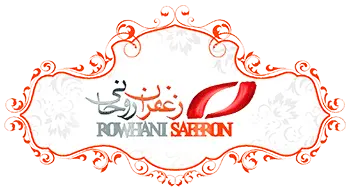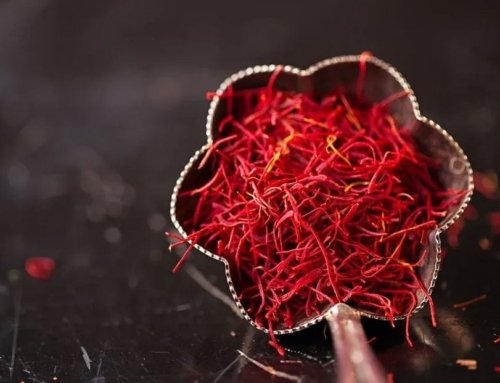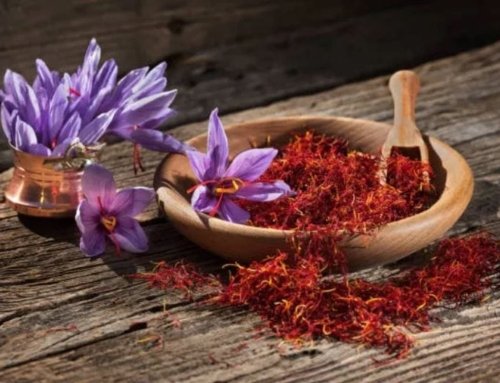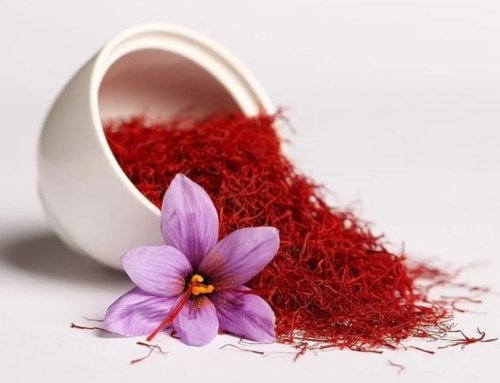80% of the world’s saffron is produced in Iran
He added:
The main reason for the intensification of this is the lack of proper and direct marketing of the country in foreign markets and the ignorance
of Iran as the most important producer of saffron in the world.
Dr. Kafi, referring to the cooperation of the Ministry of Jihad Agriculture with the Export Development Center and the Ministry of Health,
Treatment and Medical Education to prevent the outflow of saffron in bulk, noted:
Saffron should only be standard and with hygienic packaging and the name of Iran’s product from abroad To be.
He mentioned the drought crisis which has reduced the production of saffron by 35 to 40 percent during the last 2 years and mentioned
the traditional systems of saffron drying as the main problems of saffron production and added:
in traditional saffron systems it dries gradually in 13 to 4 days.
Drying, in addition to reducing the color stabilization of saffron, causes it to mix with soil and other contaminants.
Dr. Kafi continued:
These tools include 3 sieves and an electric heater that farmers, after harvesting saffron flowers,
pour the stigma into the sieves and these stigmas are dried with the heat of the heater for a few hours,
which prevents infiltration.
Professor of Horticulture, University of Tehran, referring to the efforts of the Ministry of Jihad Agriculture to strengthen the Saffron
Farmers Union of Khorasan Province, which previously had a financial problem, increased the number of saffron quality
control laboratories to prevent the production of crude saffron in the country and force the sale of saffron standard He mentioned
the shops as one of the future actions of this ministry.
Dr. Kafi, emphasizing that Iran currently has many problems and obstacles in terms of marketing, advertising, packaging and sales of products
abroad.








Get Social